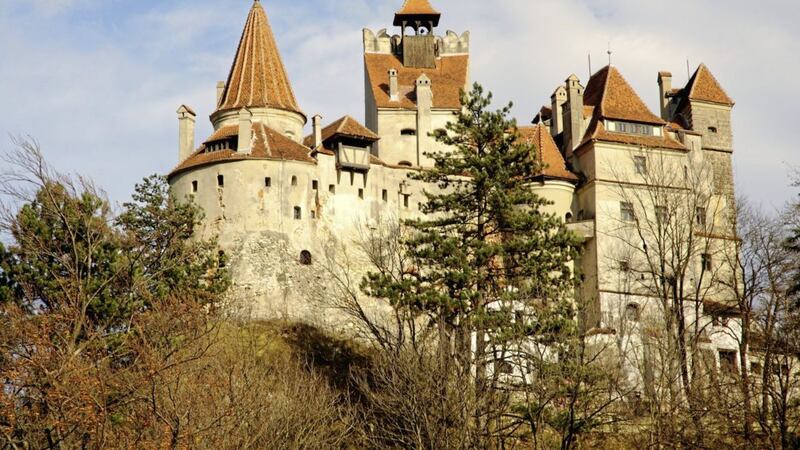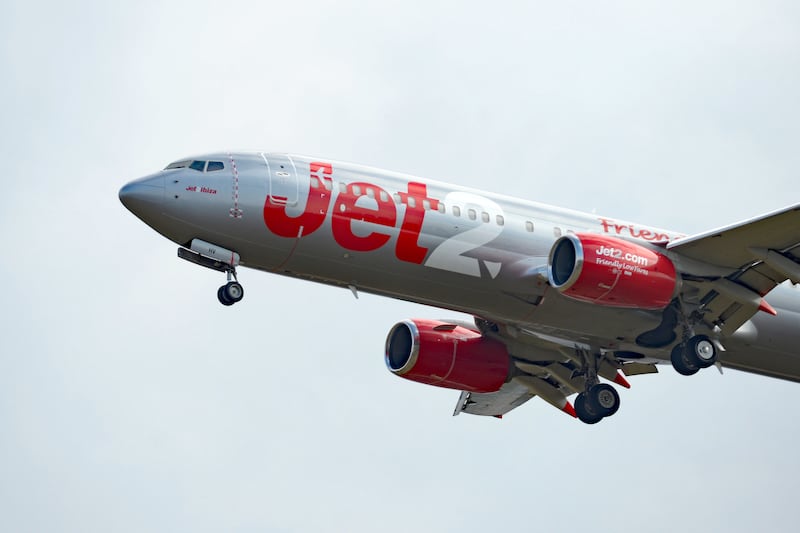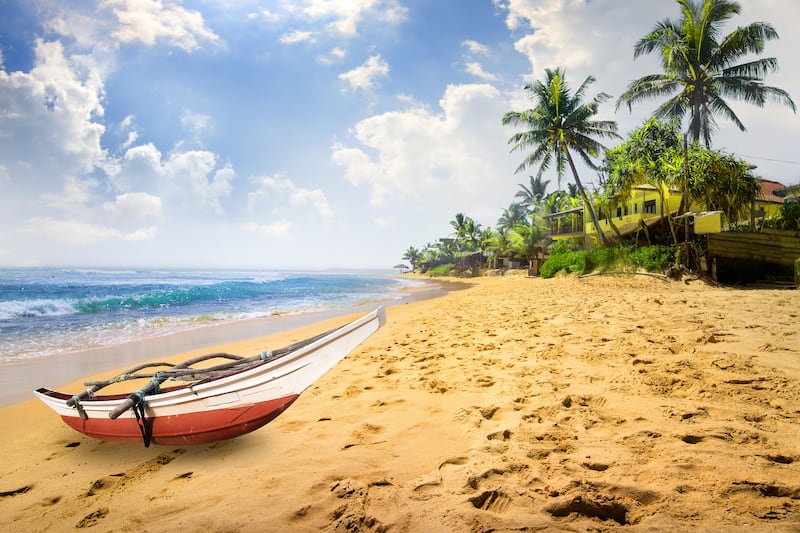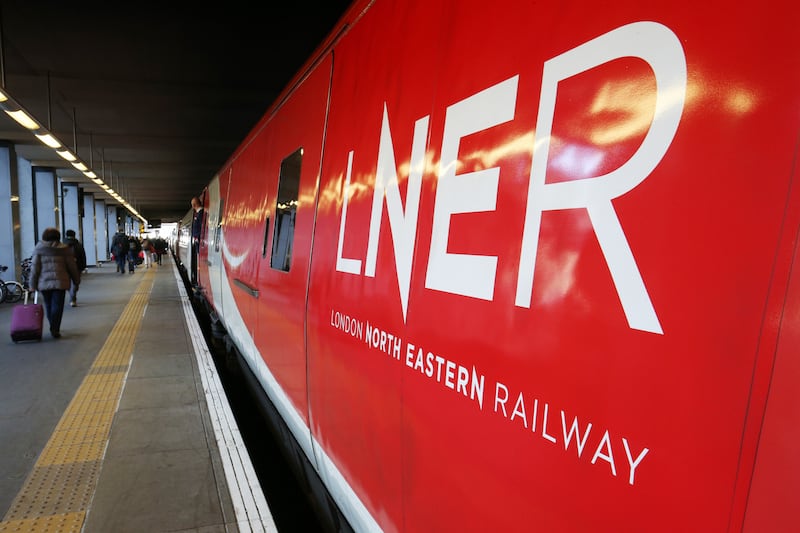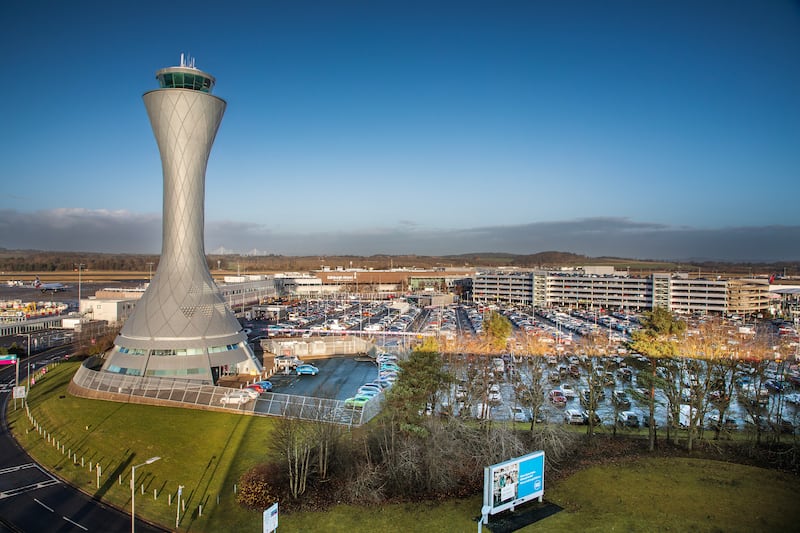CLOSE to the Cismigu Gardens in the centre of Bucharest is a small but poignant monument to students who died in the 1989 protests that led to the overthrow of the Romanian dictator Nicolae Ceausescu.
It's not in any of the guidebooks that I read and I only realised what it was after spotting it nestling beneath a tree and going to take a closer look. It is in stark contrast to the truly gargantuan People's House parliament that Ceausescu ordered to be built as a monument to his legacy but which turned out to be one of the drivers that led to his downfall.
Dozens of churches – Orthodox, Catholic and Protestant – synagogues, factories and around 30,000 homes were demolished to make way for the parliament building and surrounding redevelopment.
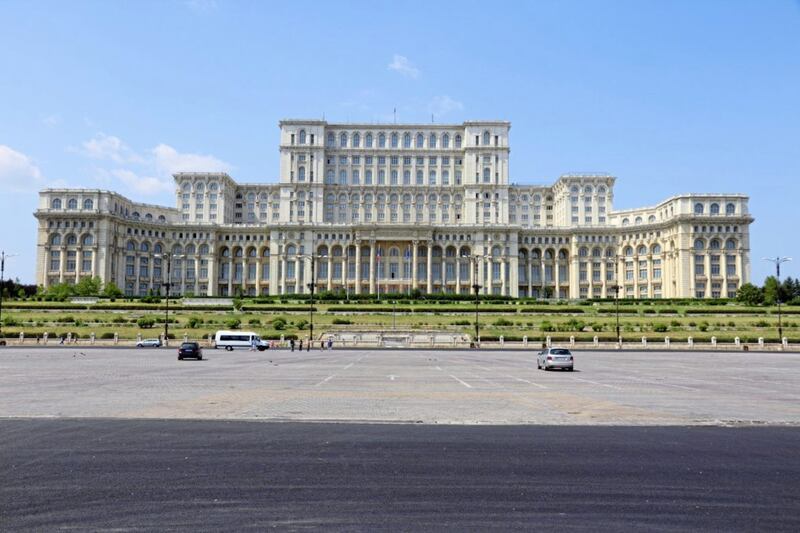
It is best approached from the long and wide Boulevard Unirii, which back in the days of communism was known as Boulevard Victory of Socialism. The boulevard is modelled on the Champs Élysées, but slightly bigger –approximately one meter broader and six meters longer.
Standing in front of the parliament building, the sheer scale can't really be taken in without turning your head from one side to another. It has around 3,000 rooms and, although work on it began in 1984, it is still unfinished – even though a reported 20,000 people worked on it 24 hours a day, seven days a week between 1984 and 1989.
Despite falling standards of living, rationing and electricity blackouts, Ceausescu took out huge international loans to finance it. In 1989, the year that communist regimes across Eastern Europe were falling one after the other, grassroots protests in Romania resulted in a martial law and dozens of protesters, including many students, were killed.
In an effort to restore discipline and loyalty, Ceausescu ordered a mass rally in Bucharest – but, as he spoke, the crowd turned against him and he and his wife were forced to flee by helicopter.
Film footage of the helicopter taking off as the angry crowd jeered became one of the most memorable scenes as European communism toppled. A few days later, the former dictator and his wife were captured and executed.
The balcony where he made that final speech overlooks Revolution Square which sits along Calea Victoriei, a long meandering avenue that wends past many of Bucharest's must-see landmarks.
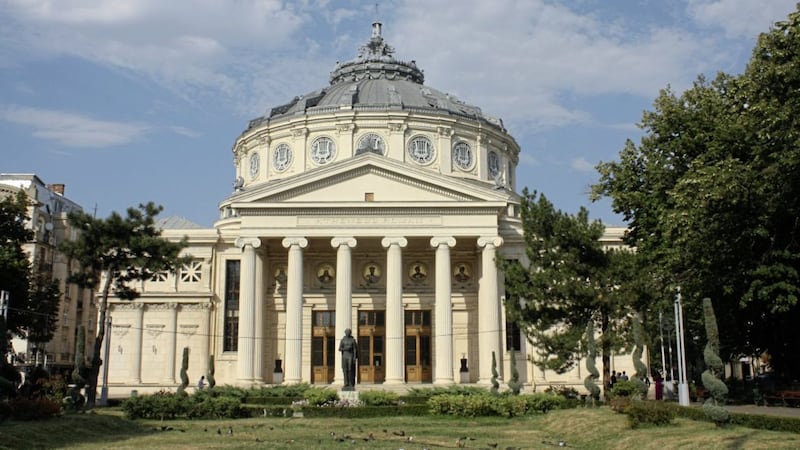
Further along, the Romanian Athenaeum sits back from the street and, as its name suggests, is built in the style of a Classical Greek temple with marble pillars and ornately carved stonework.
It is home to the George Enescu Philharmonic Orchestra, but if you can't get to a concert it is open during the day and you can take a walk around inside, up winding marble staircases and into the plush seated auditorium.
Across the road is the National Art Museum, home to exhibitions of work from Romanian artists and pieces from other European painters, including Rembrandt, El Greco and Brueghel.
Wandering further down Calea Victoriei you will find Bucharest's old town which suffered from air raids during the Second World War, a devastating earthquake in 1977 and the modernisation of Ceausescu.
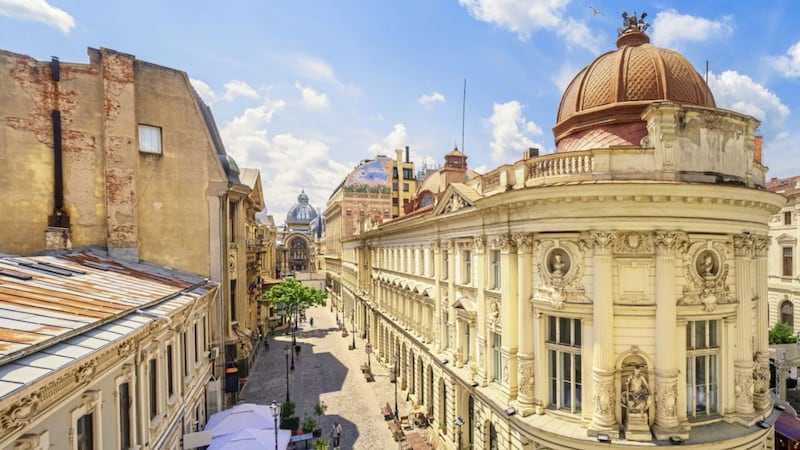
Among ornate facades, covered walkways and open plazas are crumbling buildings which survived the upheavals of the last century and more modern structures lining a warren of pedestrian streets, home to a multitude of designer shops, hotels, hostels, cafes, bars and restaurants.
Romanian food is typical of the Balkans, a fusion of Eastern European, Greek, Turkish and Italian - quite meaty but with fish and lots of veg and salads to mix things up a bit.
From Bucharest, a four-hour road trip by car to the north takes you to one of the most famous and (OK, time to be over-dramatic and clichéd here) blood-curdlingly terrifying regions of Europe – mwhahahahahahah!
Transylvania is synonymous with Vlad Tepes, a 15th century regional ruler who became notorious for impaling his enemies on stakes, earning him the name (you guessed it) Vlad The Impaler. He was also known as Dracul and the Irish-born novelist Bram Stoker is believed to have used him as the basis for his character Count Dracula.
The most famous site associated with a Vlad is Bran Castle, a spectacular, turreted fortress set on a high rocky crag and surrounded by forest. However, the link with the Dracula myth is a fairly tenuous one and it's not even certain that Vlad ever even visited, never mind flounced about its maze of passageways and secret staircases while swishing his cape in a sinister 'prince of darkness' sort of way.
That doesn't seem to bother the busloads of visitors who come every day and the lucrative tourism industry that has spun up around the Dracula legend and its association with Transylvania. Even without the draw of the vampire myth, this is spectacular countryside of huge forests, lakes, churning rivers and rolling hills that rise into the Carpathian Mountains.
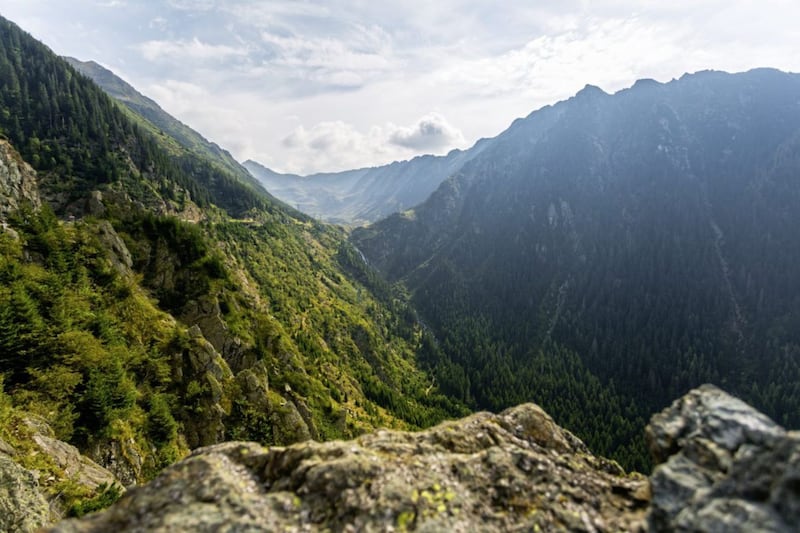
The region is one of the last European strongholds for wolves and brown bears. Its scenery and ecological diversity attract nature lovers and hikers all year round and skiers during the winter months.
Waves of Saxons came from Germany to settle in Transylvania from the 12th century onwards and their legacy is most evident in the architecture of many of its towns and villages. Sighisoara is one of the best known and once again the legend of Vlad Tepes is an added attraction – and, of course, a cash cow for T-shirt and keyring sellers. The house where he was reportedly born is now the location for Restaurant Casa Vlad Dracul.
Vampires aside, Sighisoara is a UNESCO World Heritage Site and an abundance of affordable accommodation within the citadel walls means you can experience it up close and personal. History oozes out of its narrow laneways that twist upwards past brightly coloured buildings, through arches into the medieval town square and a covered stairway that leads to a Lutheran church on a hilltop.
From here there are views over the cobbled streets and red-slated houses below and beyond to forest-covered hills. As the sun sets, you might even see a bat flitting in among the rooftops. Mwhahahahahahah!
FACTFILE
:: There are direct flights from Dublin to Bucharest with Blue Air and Ryanair.
:: Brazov is a good location to explore Transylvania and the sites associated with Vlad Tepes and is also a brilliant place to visit in its own right.
:: The currency is Romanian Leu. Approx £1 to 5.6Ron.
:: The country is well connected by train and bus, but a hire car is best for exploring Transylvania's more remote locations.
